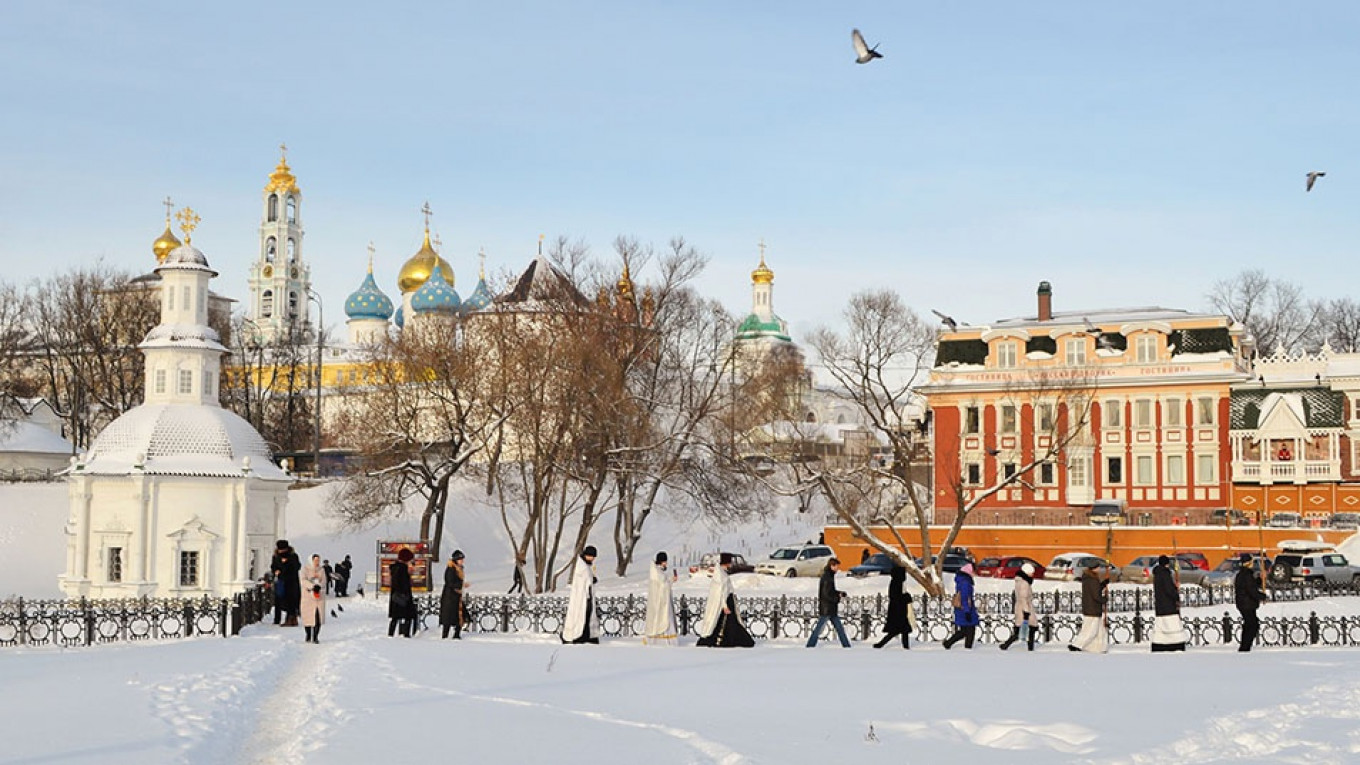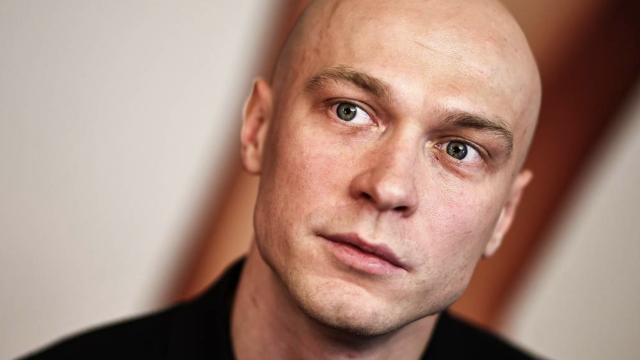Abramtsevo
The Abramtsevo Estate, just 60 kilometers from Moscow, has a long and eventful history.
It began as the center for the Slavophile movement in the early 19th century. Under the leadership of Sergei Aksakov, the estate was frequented by the likes of Nikolai Gogol and Ivan Turgenev.
After Aksakov’s death, Abramtsevo was bought by industrialist Savva Morozov, another known patron of the arts, who brought together many of the greatest minds of his time at the estate. Among the well-known artists who spent time and worked at Abramtsevo were painters Valentin Serov, Ilya Repin, Isaac Levitan, Viktor Vasnetsov and Mikhail Vrubel.
You can grab a train and view these artists’ works and visit the on-site buildings, which contain more paintings and historical items.
Don’t miss the small church designed by Viktor Vasnetsov and a tiled majolica bench made by Mikhail Vrubel.
To get there, take the train from Yaroslavsky Station to Khotkovo, which takes just over an hour, and then bus No. 55.
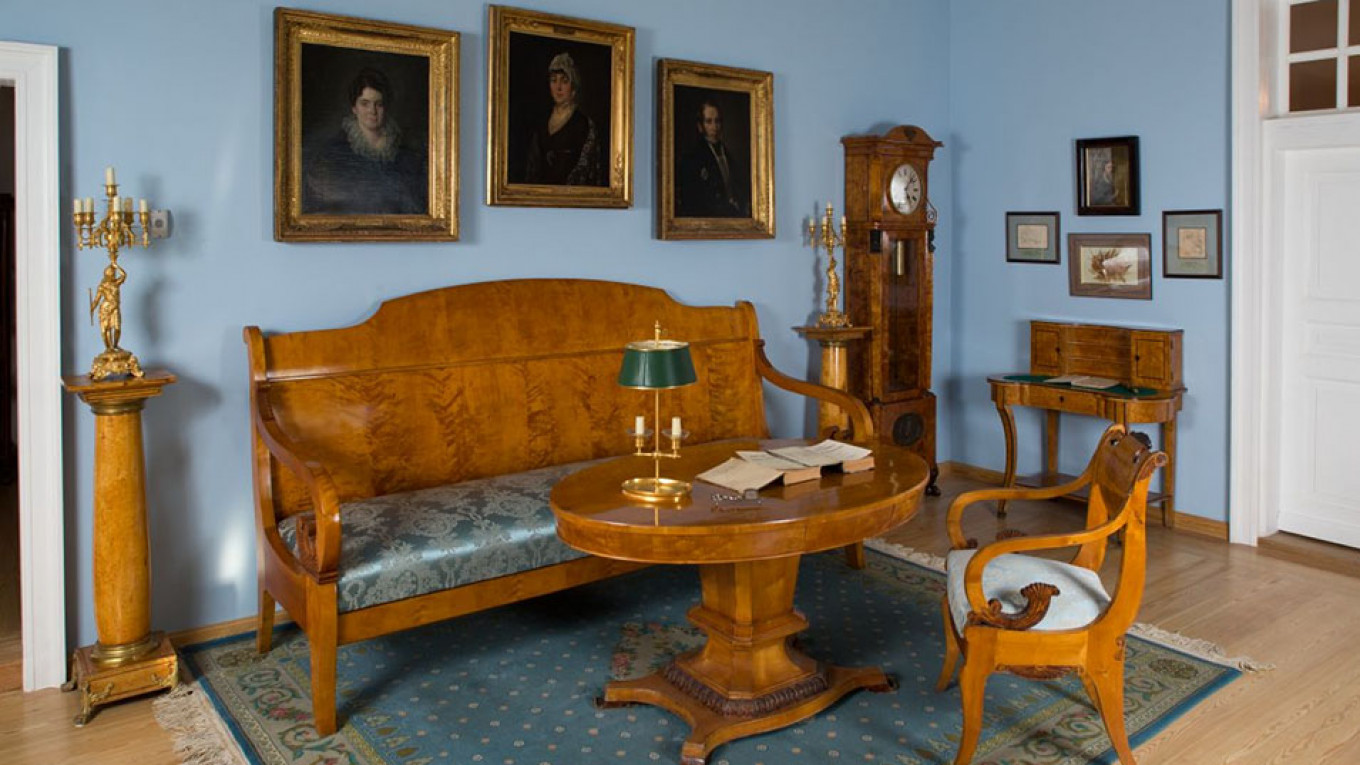
Sergiyev Posad
The main attraction of Sergiyev Posad, a small town about 70 kilometers north of Moscow, is the Trinity Lavra of St. Sergius, a UNESCO World Heritage Site.
The monastery was founded by Sergius of Radonezh, one of the most revered 14th-century Russian saints. The monastery’s architecture is breathtaking. While you’re there, be sure to visit the Trinity Cathedral, which houses Andrei Rublyov’s icon “The Trinity,” the Assumption Cathedral and the refectory building built in the Baroque style. Both St. Sergius himself and Tsar Boris Godunov are buried on the site.
You are allowed inside the churches during services, but please be sure to respect the monastery’s dress code. Women are advised to bring a scarf to cover their head, and modest clothing for all visitors is a must
To get there, take the train from Yaroslavsky Station directly to Sergiyev Posad. Trains leave every 20-30 minutes and take about 1.5 hours.
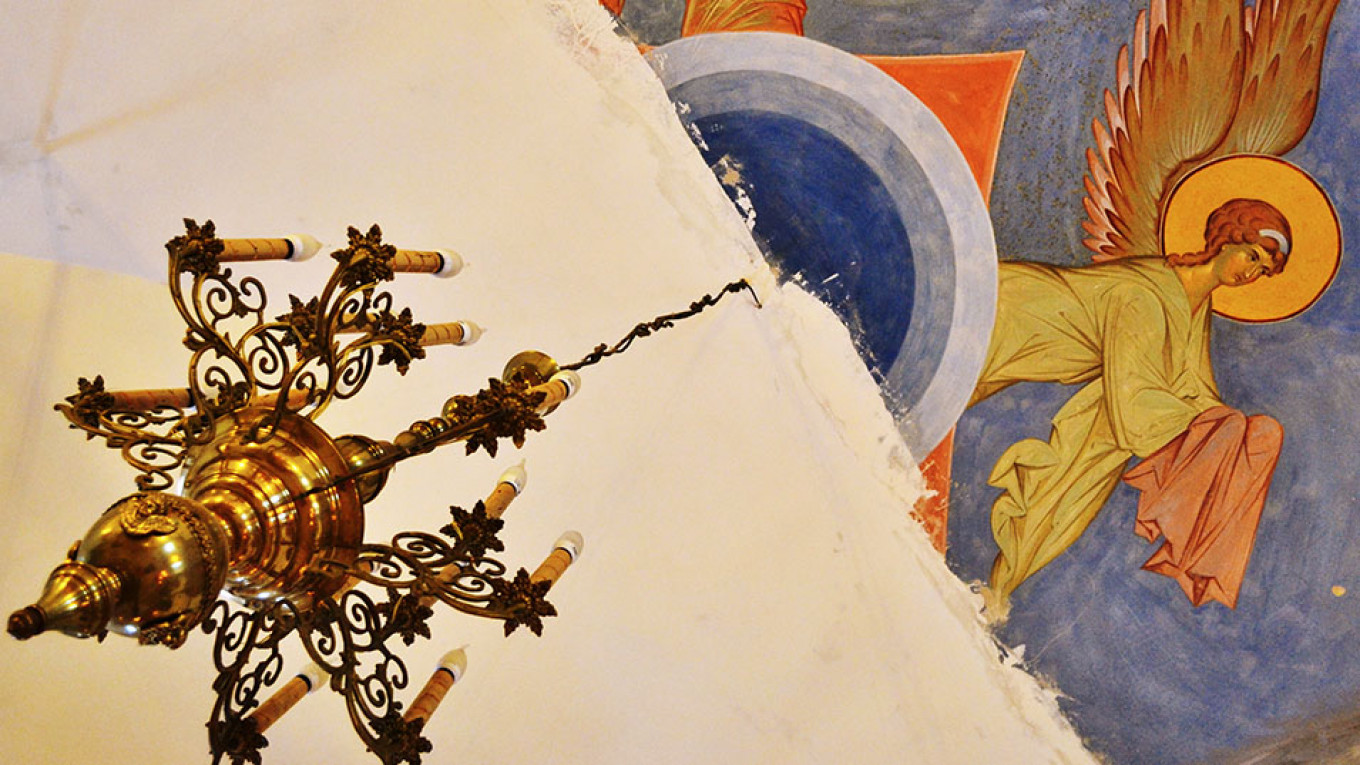
Kolomna
This magical town, just over 110 kilometers to the southeast of Moscow, is first mentioned in 1177 and arose along the banks where the Kolomenka River flows into the Moscow River and by the confluence of the Moscow and Oka rivers.
With trading routes converging here, Kolomna originally belonged to Ryazan, but became part of the Moscow principality in 1306. Its history is rich: Dmitry Donskoi gathered his army here before the Battle of Kulikovo; Ivan the Terrible passed through it on his way to take Kazan; and many times the city repulsed the attacks of Crimean Tartars. Little remains of its beautiful 16th-century kremlin - in fact, only seven of its 17 towers remain. Nevertheless, the city and its inhabitants in and around it have carefully nurtured Kolomna’s beauty and heritage for decades (with the stark exception of a skating center placed too close to the historical center).
Beautiful old churches and monasteries fill the center, and the whole town itself radiates a wonderful warmth. And there are many unique museums: excellent contemporary art and folk-art museums, as well as museums dedicated to soap, local baking, special Russian preserves and jams, and even the history of the turntable.
Plan to spend an evening in Kolomna: the combination of snow and the beautiful, subtle lighting of the city make it magical.
To get there, take one of the regular trains from Kazansky train station that leave about every 30 minutes. Once in Kolomna, it’s about a five-minute taxi ride from the station into the center.

Serpukhov
Just less than 100 kilometers south of Moscow, established in 1339, Serpukhov is a wonderful place to visit in the winter. This historic city withstood sieges by Tartars, Lithuanians and Zaporozhian Cossacks.
Today, small, wooden houses, high bell towers, a sprinkling of grand 18th-century buildings, quiet streets, and kremlin ramparts make it a perfect place for strolling around. Be sure to visit the Crucifixion, Vysotsky and Vladychny monasteries.
Serpukhov is located on the confluence of the Oka and Nara rivers. Outside of the city itself and along the banks of the Oka are many beautiful parks and lots of unspoiled nature, perfect places for cross-country skiing.
If you’re a lover of both history and the great outdoors, a trip to Serpukhov and its surroundings is really well worth spending a night or two. There’s a good range of places to stay - from traditional big hotels to smaller ones that actually feel more like bed-and-breakfasts.
To get there, take one of the regular trains from the Kursky train station, which leave about every forty minutes.
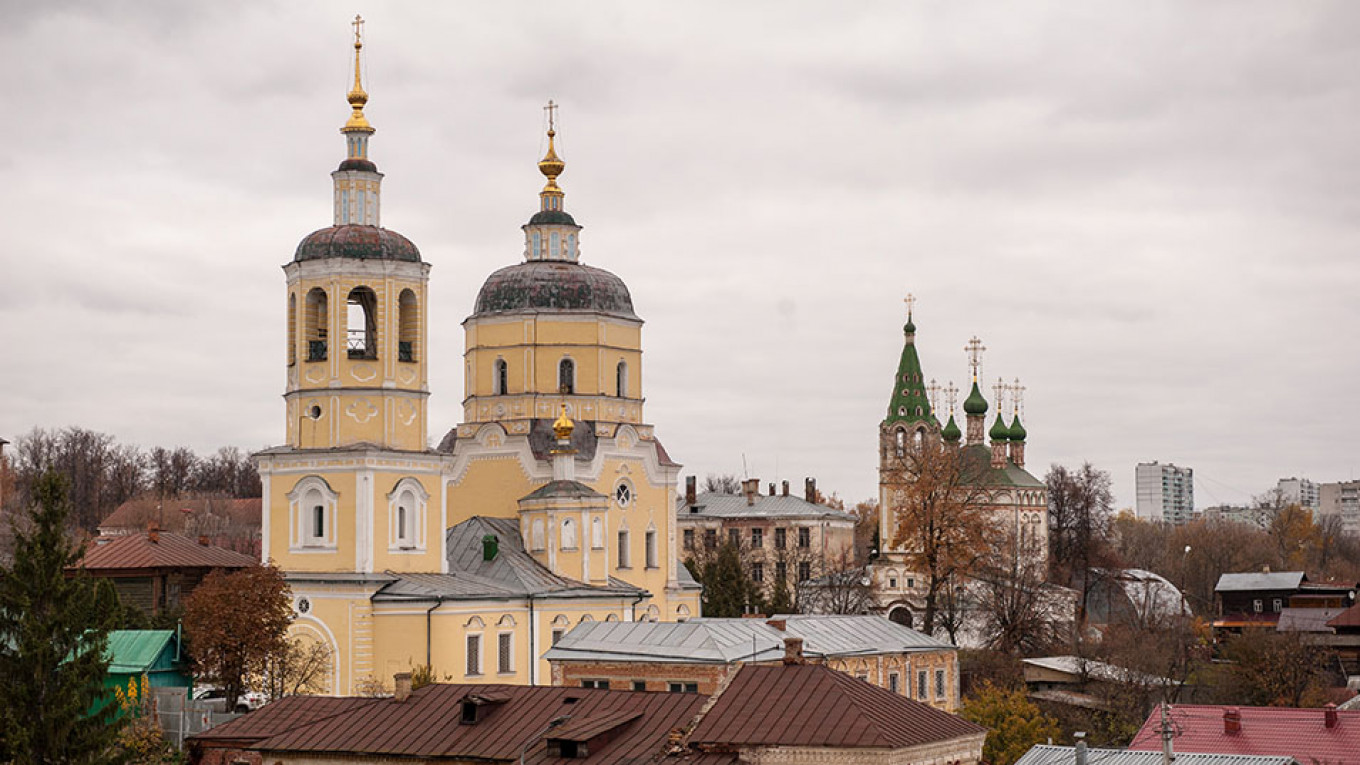
A Message from The Moscow Times:
Dear readers,
We are facing unprecedented challenges. Russia's Prosecutor General's Office has designated The Moscow Times as an "undesirable" organization, criminalizing our work and putting our staff at risk of prosecution. This follows our earlier unjust labeling as a "foreign agent."
These actions are direct attempts to silence independent journalism in Russia. The authorities claim our work "discredits the decisions of the Russian leadership." We see things differently: we strive to provide accurate, unbiased reporting on Russia.
We, the journalists of The Moscow Times, refuse to be silenced. But to continue our work, we need your help.
Your support, no matter how small, makes a world of difference. If you can, please support us monthly starting from just $2. It's quick to set up, and every contribution makes a significant impact.
By supporting The Moscow Times, you're defending open, independent journalism in the face of repression. Thank you for standing with us.
Remind me later.


